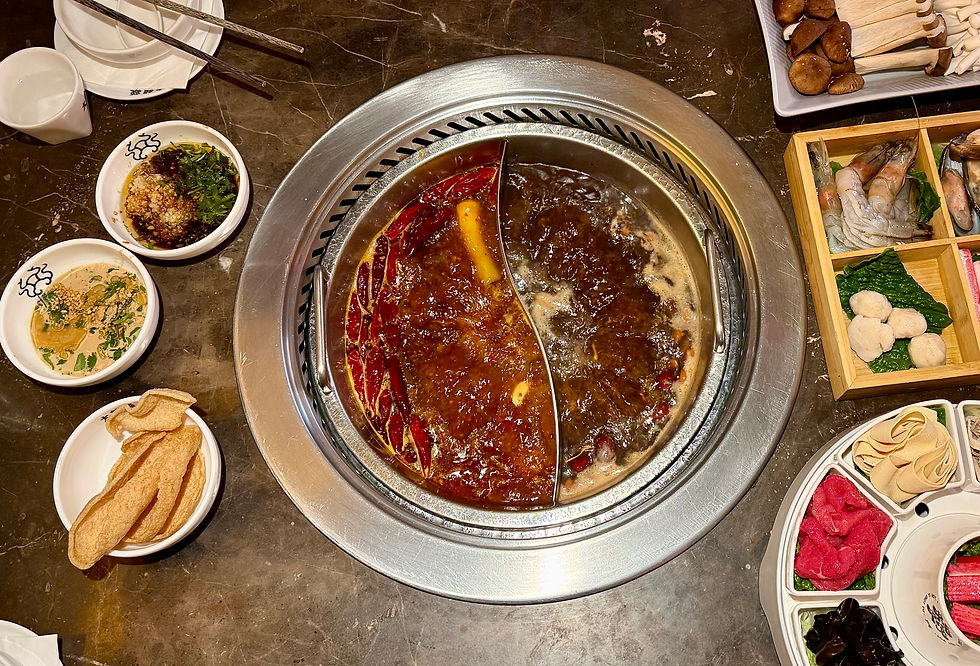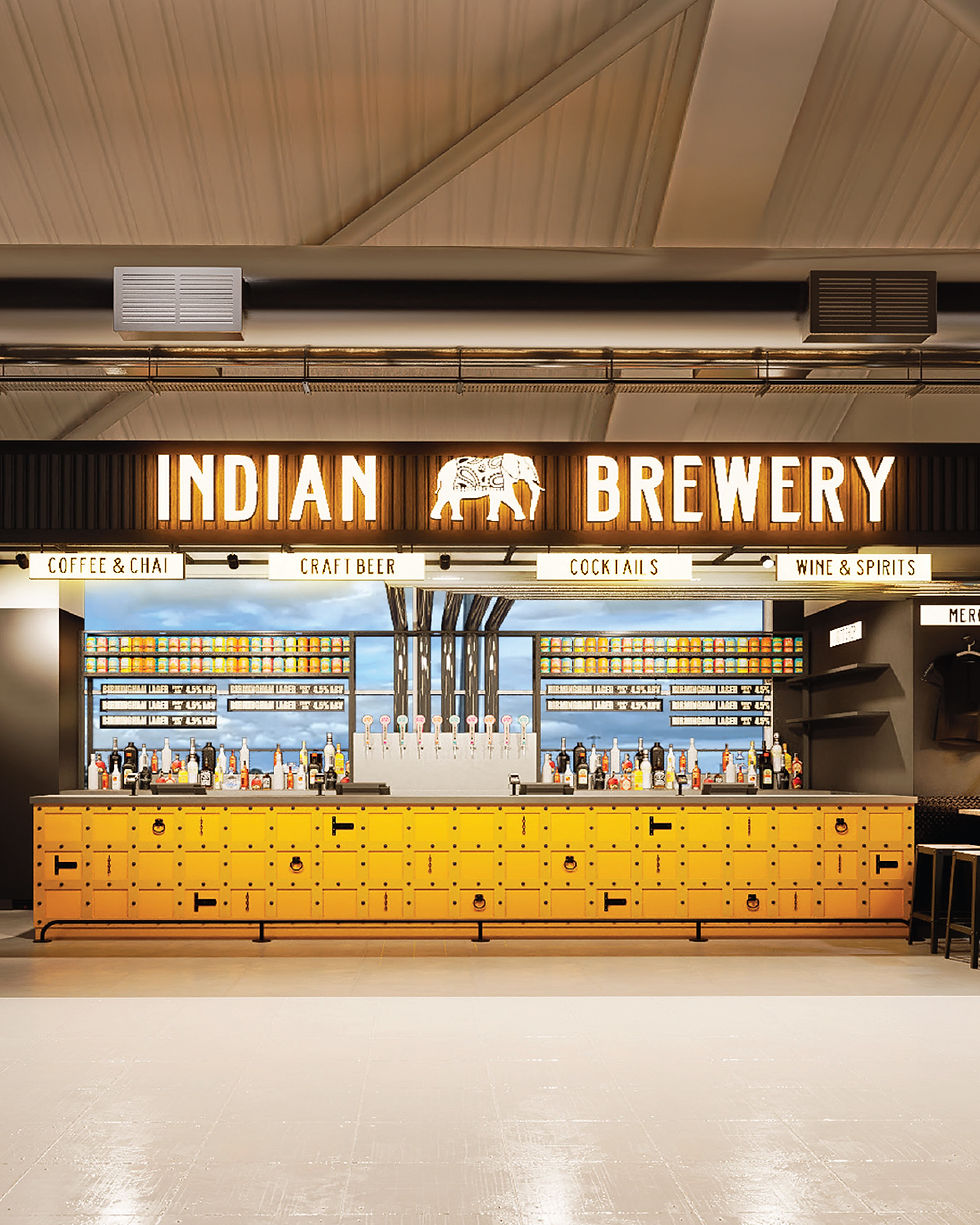Food Photography: Creating Mood With Light
- Ellen Pope

- Apr 29, 2023
- 3 min read
This article is all about the mood that light can form to create a picture. If you have read any of my previous food photography posts, I also recommend using natural light for food pictures, as this can give you more natural tones/shadows, which equates to a realistic picture.
During this article I will cover the best ways to take a bright/light moody food picture; the key to this type of styling is to use neutral colours and bright lighting. Do not get confused about this type of lighting as the images will not be over-exposed in any way. The images will be clean to look at, so that you can clearly see the amazing food.
How can you create a light/bright food picture? This is the process that I prefer to use when taking a light/bright moody picture. The best approach is to use one form of lighting, with bright or white props and a neutral background. I would suggest the use of reflectors to bounce and diffuse the shadows.

I always form a visual mood board of google images that I feel keep to a theme or mood I am attempting to re-create for a client. Here is an example of images I have found that represent bright/light food photography. The images taken are all clean and the colour element is the colour of the food, which makes the food stand out from the props and the background. The composition used for these examples are rule of thirds or triangle, with a use of depth of field and flat lay positioning.
Here are some key points to consider:
1. Use light coloured backdrops and props
2. Use a wide aperture to capture depth of field and this will let more light into the camera as you take the shot, causing the overall image to be brighter
3. Decide which angle to shoot from, either side or from above (flat lay)
4. Compositions
5. Use a large light source, either a window or a studio light. Make sure that this source of light is diffused and use reflectors.
Let's consider the lighting as this will create the mood. Here are two lighting diagram set ups that can work with either a window light or an artificial lighting source.

The above two light diagrams show the position of the camera, reflector, background and light source. In the first image, the light source is positioned to the left; the second image has the light as a backlight, which works amazingly with glass objects. The lighting position per picture or mood is the same, but the difference is for the light/bright mood picture, you need to use your reflectors to diffuse any harsh shadows.
This image is nicely lit, but to make it a light/bright mood picture, I would work on diffusing the arrowed shadowed areas and I would use a neutral background sheet.

After reading this article, this is what I wish you to take from all that I have included:
1. Use neutral props and background
2. Use natural or artificial lighting
3. Place light source to the left, right or backlight.
4. Take a correctly exposed picture
Lastly diffuse the shadows within the picture to brighten the image and then it will represent a light/bright mood food picture. After reading my thoughts, processes and points, I hope that this has given you a small insight into how to take your own light/bright pictures.
Chatting Food Contributor: Sam Peel
I am a commercial photographer in Northamptonshire and I always strive to share my passion with others, either via 1:1 tutorials, workshops or professional photography sessions. At present, I am living my dream, while consistently developing my own practice, with each client that I work with. I specialize in food, fitness, property and headshots-personal branding. I gain and keep paid clients as I can guarantee that my love of photography will bring their brand to life with a selection of carefully taken images that can be used for company advertising or marketing.
Follow Sam
Twitter: @SamPeel19
Facebook: @wellypictures
Instagram: @welly_pictures
Website:www.wellypictures.com



.png)


